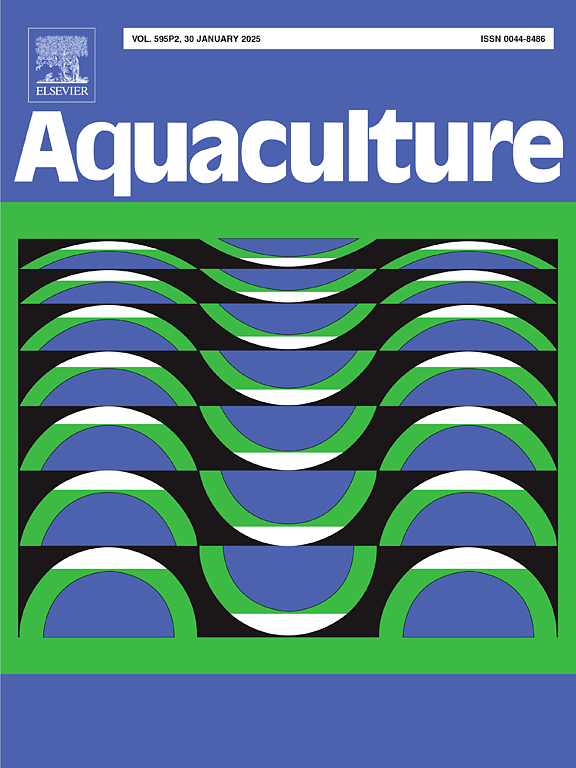Pharmacokinetics of honokiol in Trachinotus ovatus following administration of honokiol monomer and Magnolia officinalis extracts
IF 3.9
1区 农林科学
Q1 FISHERIES
引用次数: 0
Abstract
Honokiol, an active ingredient in Magnolia officinalis, has a good efficacy in controlling Cryptocaryon irritans infection, which can parasitize in the gill and epidermis of fish and cause mass mortality to marine fish cultures. However, the lack of pharmacokinetic information on honokiol in fish has limited its use. Here, a high-performance liquid chromatography (HPLC) method for detecting honokiol in fish tissues was developed and used to compare the pharmacokinetics of honokiol following oral administration of pure honokiol (HTS group) and M. officinalis extracts (METS group) in Trachinotus ovatus at a dose of 12 mg/kg at 27 °C. Honokiol was rapidly absorbed by fish and showed a bimodal phenomenon in the plasma. The maximum concentration (Cmax) in plasma was at 0.5 h in both the HTS (38.92 μg/mL) and METS groups (14.58 μg/mL). The Cmax of honokiol in the gill and epidermis in the HTS group (239.69 μg/g and 46.39 μg/g, respectively) were higher than in the METS group (9.44 μg/g and 14.30 μg/g, respectively). However, the elimination half-life (t1/2) of honokiol in the plasma, gill, and epidermis in the HTS group (0.93 h, 1.26 h, and 1.32 h, respectively) were shorter than the METS group (1.12 h, 3.11 h, and 5.14 h, respectively). In both treatment group, honokiol was completely eliminated from all tissues at 12 h post oral administration. Compared with the HTS group, the bioavailability (Fr) of honokiol in the METS group increased in the plasma (105.26 %), liver (489.58 %), and muscle (796.91 %), but decreased in the gill (10.94 %), kidney (74.22 %), and epidermis (93.69 %). This study revealed the pharmacokinetic profile of honokiol and indicates that improved efficacy for controlling C. irritans infestation could be obtained by oral administration of pure honokiol rather than with M. officinalis extracts.
求助全文
约1分钟内获得全文
求助全文
来源期刊

Aquaculture
农林科学-海洋与淡水生物学
CiteScore
8.60
自引率
17.80%
发文量
1246
审稿时长
56 days
期刊介绍:
Aquaculture is an international journal for the exploration, improvement and management of all freshwater and marine food resources. It publishes novel and innovative research of world-wide interest on farming of aquatic organisms, which includes finfish, mollusks, crustaceans and aquatic plants for human consumption. Research on ornamentals is not a focus of the Journal. Aquaculture only publishes papers with a clear relevance to improving aquaculture practices or a potential application.
 求助内容:
求助内容: 应助结果提醒方式:
应助结果提醒方式:


